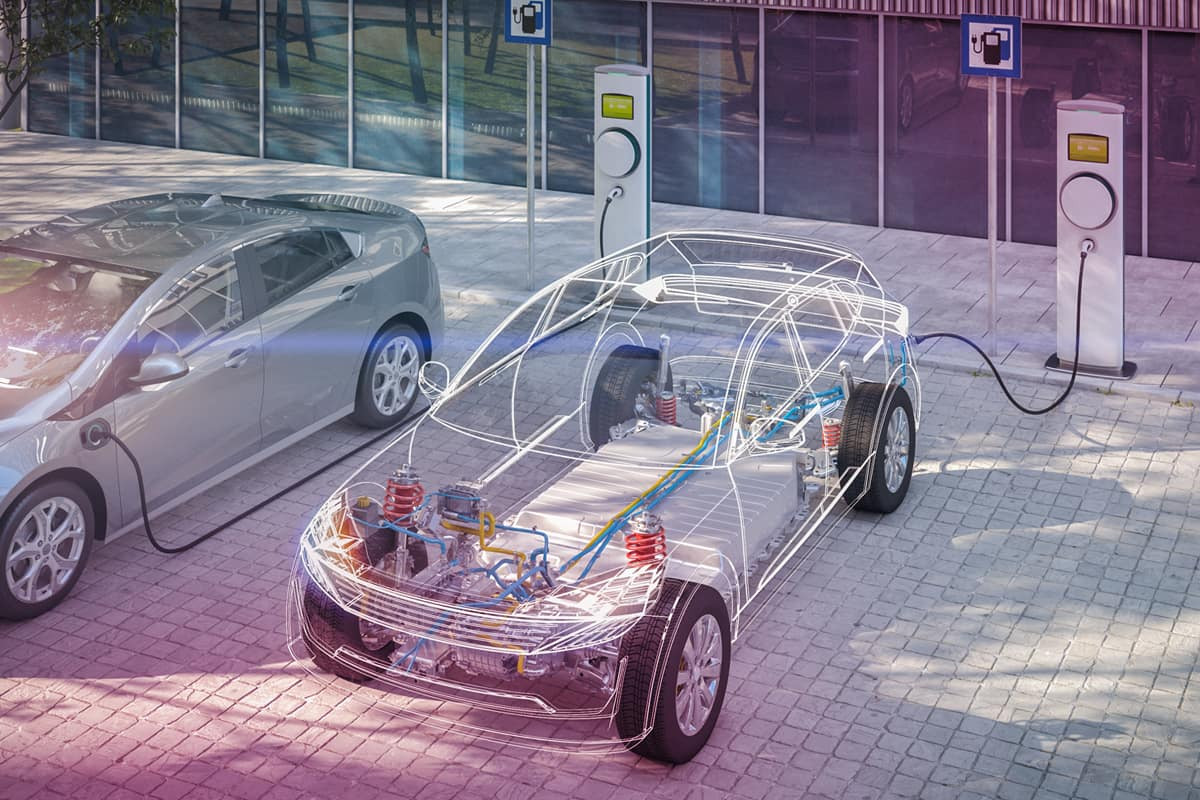
What Is an Electric Vehicle? How Does It Work?
What is in this article?
The demand for electric vehicles is increasing due to the growing importance of using environmentally friendly products and the sustainability goals of governments. Thanks to the use of electric energy as fuel, it is possible to travel quietly and economically, while reducing the harmful effects of transport on the environment.
In this article, you will learn all the details you want to know about electric vehicles and you will be able to think about their future position.
What Is an Electric Vehicle?
An electric vehicle is powered by an electric motor instead of an internal combustion engine, which generates its power by burning a mixture of fuel and gas.
Unlike conventional vehicles with gasoline or diesel engines, electric cars use an electric motor powered by batteries or a fuel cell (a converter that converts fuel energy into electrical energy). An important advantage of these vehicles over other forms of transportation is that they can significantly reduce pollution because they have no exhaust emissions.
Components of Electric Vehicles
Unlike other vehicles, electric vehicles have a motor, a battery and a charging system. However, they also include the ECU, temperature control system, and transmission for single-speed vehicles.
-
Electric Motor
High-efficiency electric motors can convert about 90 percent of electrical energy into kinetic energy. One of the advantages of these motors is that they are emission-free. The advantages of the electric motor also include the use of accessible materials for production and the daily advancement of the technology.
The motors used in electric vehicles can be powered by direct current (DC) or alternating current (AC).
-
Battery
The charging system and batteries are an important component that distinguishes electric vehicles from other vehicles. These vehicles typically use lithium-ion batteries, which are made from nickel, manganese, and cobalt. These batteries can produce larger currents and require little maintenance compared to other types of batteries.
In addition to lithium-ion batteries, lithium-ion polymer, lead-acid, lithium iron phosphate, nickel cadmium, nickel metal hydrate, and lithium sulfide batteries are also used in electric vehicles.
The batteries are usually placed on the floor, so that the trunk cannot shrink. The fact that the batteries on the floor weigh an average of 500 kg makes it possible to change the center of gravity of the vehicle. This improves road holding and increases driving stability.
-
Charging Port
The charging connection point of an electric vehicle allows the vehicle to draw power from a power source other than the battery. These power sources are known as electric vehicle utilities, which are also known as charging stations. Charging is done through charging ports, either in a private home or at commercial charging stations.

-
Converter
Electric vehicle inverters convert the electron current from the battery pack from direct current (DC) to alternating current (AC). This energy is then used to drive the electric traction motor. Inverters are essential components for electric vehicles because lithium-ion batteries can only be powered by direct current, while electric motors require alternating current to operate.
These parts are also used to control the frequency of the alternating current supplied to the motor. Therefore, they play a direct role in controlling the speed of electric vehicles.
-
Control System
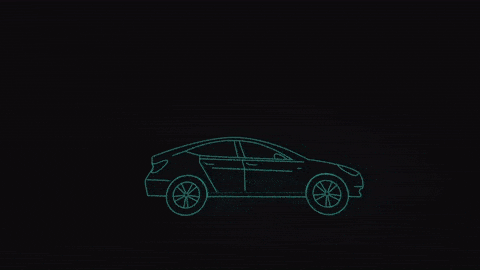 A controller or ECU is a system that manages all the parameters of a vehicle. It controls the charging speed based on information from the battery.
A controller or ECU is a system that manages all the parameters of a vehicle. It controls the charging speed based on information from the battery.
It also controls the pressure on the accelerator pedal to adjust the speed of the motor inverter.
-
Charging Cable
Standard charging in electric vehicles uses a charging cable that plugs into the charging port.
The cable can be used to charge the battery at home or at public charging stations. Fast charging stations may have their own cable.
When and by Whom Was the Electric Vehicle First Invented?
The first electric vehicle was built by Professor Stratingh in 1835 in the Netherlands. Since then, these vehicles have been developed by different people and companies, and new technologies have been utilized over time.
History of Electric Vehicles
In 1835, the first electric vehicle was developed, followed by the development of the first electric locomotive by Robert Davidson in 1838. The locomotive reached a speed of 6.4 km/h.
In 1882, Siemens developed a trolleybus called Elektromote, which was powered by 550 volts DC and had two 2.2 kW motors. Produced in Berlin, this electric vehicle was able to reach an average speed of 12 km/h. In 1895, Morris and Salomon developed a two-seater electric vehicle called the Electrobat.
In 1897, electric taxis began to operate in England and in New York in the early 1900s. Around the same time, the French Electroautomobile and Krieger companies developed the first hybrid prototypes that ran on both gasoline and electricity. Using lead-acid batteries, the vehicles were able to reach speeds of 60 km/h. In 1916, the Woods Motor Car Company built a hybrid electric vehicle in which a four-cylinder gasoline engine was connected directly to the front drive axle and generator.
Although the production of electric vehicles continued until the 1960s, interest in these vehicles declined and internal combustion engine-powered vehicles gained popularity worldwide. One of the main reasons for this was that intercity roads in the US were suitable for long-range vehicles. However, Ford's mass production of internal combustion engine-powered vehicles at low cost, the fall in oil prices and the invention of the starter motor were also among the reasons for the decline in interest in electric vehicles.
For these reasons, between 1935 and 1960 development work on electric vehicles remained limited. After it was realized that internal combustion engine powered vehicles caused air and environmental pollution, interest in electric vehicles increased again.
Since the 1990s, many companies have started to produce electric vehicles thanks to improved battery technologies.
Working Logic of Electric Vehicles
Electric cars store the electrical energy received from the grid at charging stations in a battery. This battery powers the electric motor that turns the wheels of the car. This makes it possible for the vehicle to run.
In more detail, when the accelerator pedal of the electric vehicle is pressed, the power required for the electric motor is converted from direct current (DC) to alternating current (AC). The accelerator pedal changes the frequency of the AC electric power flowing from the inverter to the motor.
It then sends a signal to the controller, which is in charge of setting the vehicle's speed. The motor turns the wheels through a gear. When the brakes are applied or the vehicle slows down, the motor turns into an alternator. It generates power that is then returned to the battery.
Types of Electric Vehicles
Electric vehicles are divided into two types according to the motor drive method: hybrid electric vehicles and all-electric vehicles:
Hybrid Electric Vehicles
 Hybrid electric vehicles have an internal combustion engine as well as an electric motor.
Hybrid electric vehicles have an internal combustion engine as well as an electric motor.
These vehicles are categorized as complex, parallel, series and series-parallel according to their engine characteristics.
In these vehicles, parts such as fuel tank, generator, battery and converter are included.
Thus, instead of only the electric motor, vehicles can move with a mixture of battery and gasoline.
This eliminates the need to find charging points to top up the battery. It can also be used with conventional fuels, so it can be used over long distances.
All-Electric Vehicles
All-electric vehicles use only electric motors instead of internal combustion engines. The electric energy required for the vehicle to move is provided by this motor. There are two different models: fuel cell and battery pack.
Since battery pack vehicles do not have additional parts such as internal combustion engine and generator, all the electrical energy needed is obtained from batteries. When the batteries are discharged, they can be charged and vehicle use can continue.
Fuel cell models have similar features with serial hybrid vehicles. However, the parts are separated from each other. In these vehicles, fuel cells and hydrogen tanks are used to generate electricity. It is possible to convert the chemical energy of fuel cells into electrical energy by electrolysis. Water and heat are released during this process.
The advantages of all-electric cars include the quiet operation of the vehicle, no use of fossil fuels and no need for additional parts such as spark plugs or exhaust.
Charging Times of Electric Vehicles
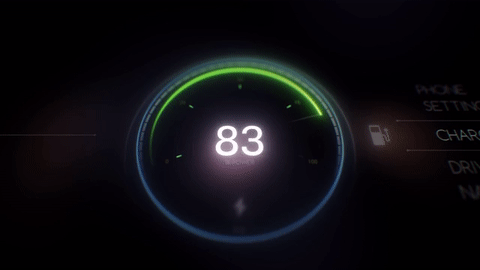 Although the charging time of electric vehicles varies depending on the brand and model, it is possible to talk about an average time.
Although the charging time of electric vehicles varies depending on the brand and model, it is possible to talk about an average time.
The typical charging time for an electric car can vary from 30 minutes to 12 hours. This depends on the speed of the charging station and the size of the battery.
Charging stations are used to charge the batteries. It is important to control the power flow during this process.
If there is a sudden interruption in the power supply, the charging process can be stopped automatically.
It takes about 30 minutes for an electric vehicle to be charged to 80% at the stations.
Above this level, owners may have to wait a little longer for 20% as the batteries take longer to charge.
In addition to stations, batteries can also be charged at home. Normal 220-volt sockets can be used, but in this case the battery charging time can be 8-10 hours.
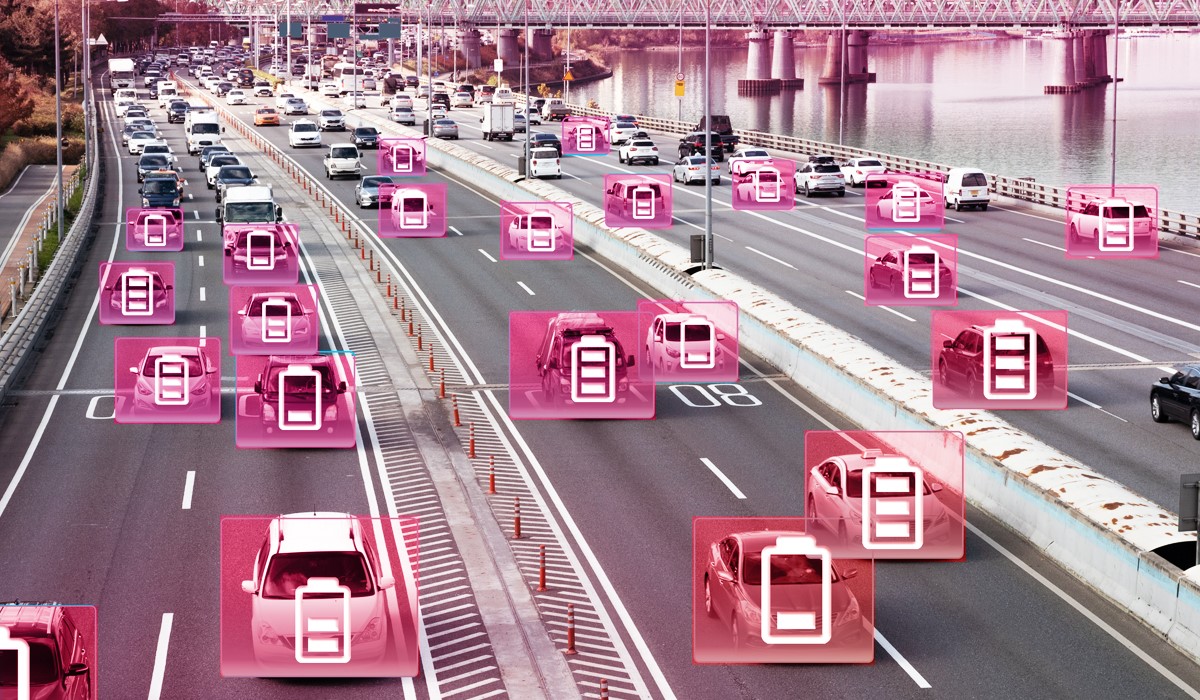
Ranges of Electric Vehicles
One of the reasons why electric vehicles are not widespread enough today is the problem of range. The fact that the batteries used in the vehicles are too heavy limits the range.
While vehicles with internal combustion engines can travel 500-600 km on one tank of fuel, electric vehicles can travel 150-600 km on a 80% full charge. However, to determine the exact range, the make and model of the vehicles as well as the driving conditions must also be taken into account.
The low range of these vehicles can cause problems, especially on long trips. Fuel cell electric vehicles, on the other hand, are mainly manufactured to solve the problem of short range. Thanks to its system, it generates energy instead of storing it, so the necessary energy can be retrieved when needed. Studies on lead-acid batteries are continuing to solve the range problem. Increasing the energy density of batteries can also increase the range.
Advantages of Electric Vehicles
Some of the advantages of electric vehicles that stand out for their contribution to environmental protection are as follows:
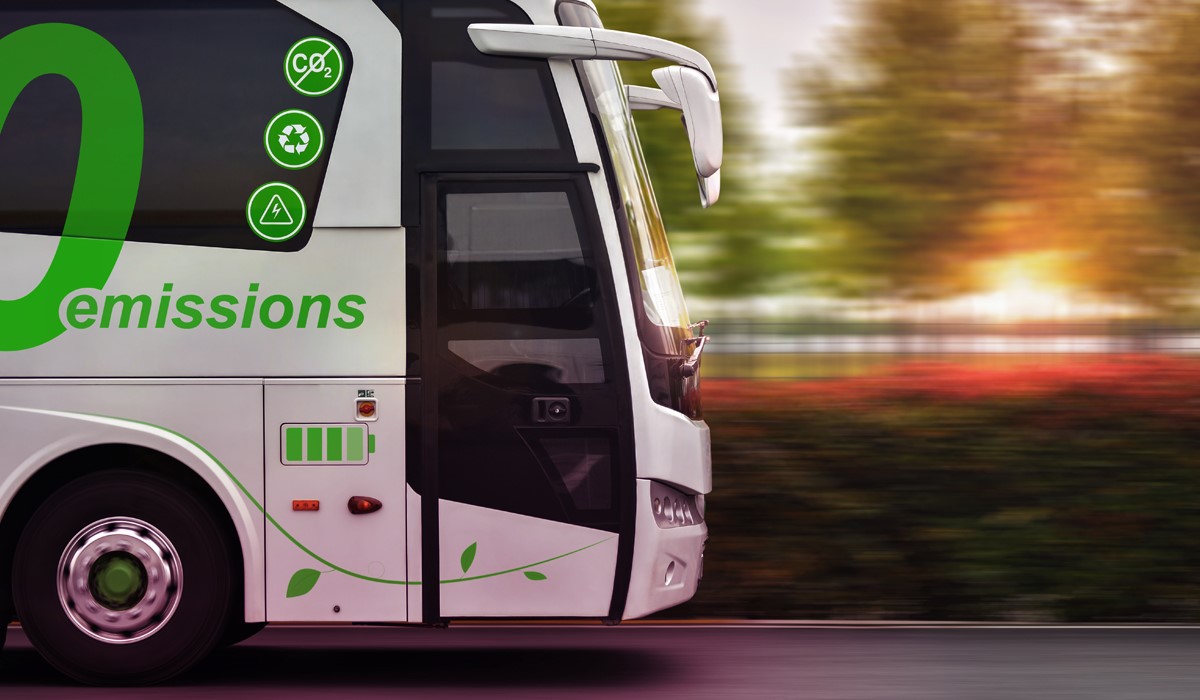 Zero Emission
Zero Emission
Fossil fuels, whose reserves are limited worldwide, cause environmental and air pollution. Pollutant emissions from gasoline and diesel vehicles have long-term negative effects on public health. The impact of electric vehicles on emissions is much less than gasoline or diesel vehicles.
The electric motor in electric vehicles runs in a closed loop. This means that an electric car does not emit any of the gases normally associated with global warming. Since no gasoline or diesel is used in an all-electric vehicle, the carbon footprint can be reduced.
Although all-electric vehicles have no exhaust emissions, electricity generation from fossil fuels can indirectly cause carbon emissions. However, even when electricity generation is included, emissions are lower than for gasoline or diesel vehicles. Internal combustion engine vehicles emit nearly 3 times more carbon dioxide than the average electric vehicle.
Low Cost
The operating costs of an electric vehicle are much lower than those of an equivalent gasoline or diesel vehicle. This means that the economic advantage of charging an electric vehicle is greater than refueling with gasoline or diesel.
The use of renewable energy sources can make the use of electric vehicles more environmentally friendly. Solar panels, which can be installed in homes, can be used to charge electric vehicle batteries at a low cost.
Electric vehicles do not have as many moving parts as vehicles with internal combustion engines. Therefore, service requirements for electric vehicles are lower than for conventional gasoline or diesel vehicles.
Convenient Driving
Since electric vehicles do not have gear shifts or complex control systems, driving becomes easy. These vehicles can be controlled using only the brake, accelerator pedal and steering wheel. The driver simply accelerates, brakes and steers the vehicle.
Another useful feature of these vehicles is regenerative braking. In conventional cars, friction releases a certain amount of heat when braking. This can lead to a waste of kinetic energy due to heat. In an electric vehicle, this kinetic energy is used to charge the batteries.
Ongoing Challenges with Electric Vehicles
One of the ongoing problems with electric vehicles is charging the batteries. At charging stations, 80 percent of the batteries can be charged in a short period of time, but it takes time to fill up the remaining 20 percent. To allow other car owners to charge the batteries and avoid slowing down, the stations usually only charge 80 percent of the batteries.
Although studies on this situation are ongoing, battery swapping is being used as a solution. This process, which is automated at some charging stations, involves removing the vehicle's dead battery and replacing it with a full one. This allows the vehicle to be driven again with full batteries in a matter of minutes.
Battery replacement is also problematic in practice because there is no specific standard today. For reasons such as the fact that not all batteries used in electric vehicles are the same, there is insufficient demand from vehicle owners, and infrastructure costs are high, various solutions are being sought.
Replacing batteries at the end of their life is one of the problems encountered in these vehicles. The batteries used in electric vehicles have a limited lifespan. Depending on the make and model, they need to be replaced every 10-20 years.
In the long term, battery replacement causes cost increases and environmental impacts due to battery production. Among the problems to be solved is the fact that an electric vehicle can be used for shorter distances than a diesel or gasoline vehicle due to its low battery capacity.
Although the noise of electric vehicles seems to be an advantage at first glance because it prevents noise pollution, it can also be counted among the disadvantages. The silent operation of the vehicles can be problematic for people who like to walk with headphones, children and visually impaired people, and therefore accidents can occur. To avoid potential accidents, the addition of motor noise is considered for electric vehicles.
Impact of Electric Vehicles on Air Pollution and Carbon Emissions
 Electric vehicles are considered an effective solution for reducing the carbon footprint, although they do not produce carbon emissions because they are powered by electric motors. Only models with internal combustion engines, such as hybrids, produce exhaust gases when using gasoline as fuel.
Electric vehicles are considered an effective solution for reducing the carbon footprint, although they do not produce carbon emissions because they are powered by electric motors. Only models with internal combustion engines, such as hybrids, produce exhaust gases when using gasoline as fuel.
Starting in 2019, around 500,000 public transport buses in China, and cabs in some regions, will be replaced by electric vehicles.
Electric vehicles produce a certain amount of emissions when they are manufactured, but not when they are used. This can be higher than a conventional car.
This is due to the production of lithium-ion batteries, which are an important component of an electric car. More than one-third of a car's lifetime carbon dioxide emissions come from the energy used to manufacture the vehicle. As technology develops, attempts are being made to find a solution to this situation.
Taking production into account, carbon emissions from electric vehicles are 17% to 30% lower than diesel vehicles. By using low-carbon electricity, emissions from electricity generation are also significantly reduced.
All-electric cars without tailpipes significantly reduce air pollution because they do not emit carbon dioxide while driving. Over a period of more than a year, a single electric car can emit approximately 1.5 million grams less CO2. This is equivalent to four flights from London to Barcelona.
Comparison of Gasoline, Diesel and Electric Cars
 There are some differences between gasoline, diesel and electric cars, which are equipped differently. One of the main differences between vehicles with internal combustion engines and electric vehicles is the powertrain, the components that generate energy and transfer it to the wheels to move the car.
There are some differences between gasoline, diesel and electric cars, which are equipped differently. One of the main differences between vehicles with internal combustion engines and electric vehicles is the powertrain, the components that generate energy and transfer it to the wheels to move the car.
Vehicles with internal combustion engines use a heat-emitting fuel, such as gasoline or diesel, to move engine parts and other components that transfer power to the wheels.
Ignition starts the combustion process of these fuels. Electric vehicles use energy stored as electricity in rechargeable batteries. One or more electric motors transfer this power to the wheels.
Electric cars can provide great savings when used for commercial use. This is because the cost per km of an electric car is significantly lower than that of a vehicle with an internal combustion engine. With very few moving parts, electric vehicles also have low maintenance costs.
Also, the cost of all-electric vehicles with limited range is much lower than hybrids. Typically, fuel costs can be reduced by about 80% by switching from conventional vehicles to battery electric vehicles.
Producing large batteries for electric vehicles incurs high costs. Some costly raw materials need to be procured for this process. This is why the initial price of diesel and gasoline cars is usually more affordable than electric models. One of the reasons for the price difference is that electric vehicles have more advanced technology systems than standard fossil fuel vehicles.
Electric vehicles, which do not have internal combustion engines like diesel and gasoline models, do not have exhaust pipes that emit harmful greenhouse gases into the atmosphere after fossil fuels are burned.
The Future of Electric Vehicles
Looking at the total number of vehicles in use, it is seen that the market share of electric vehicles today is around 2.5%. Many factors such as the habits of vehicle users, the prevalence of charging stations, infrastructure and costs have a decisive impact on the widespread use of these vehicles.
Battery prices are one of the most important of these factors. Future studies aim to cut down the costs. In this process, improvements can also be made regarding fast charging stations.
At this point, the incentives and investments of countries are also of great importance. For example, Northern European countries, which have a higher rate of electric vehicle use than other regions, encourage the use of these vehicles with tax reductions.
Especially in a country like Norway, where one out of every two cars sold is an electric vehicle, long-term plans can be made to replace all new cars with electric vehicles.
Do you use electric vehicles? If not, what would be your preference? You can share your ideas about electric vehicles in the comments.

 Online Services
Online Services Application Inquiry
Application Inquiry Pay Assurance Fee
Pay Assurance Fee Query Installation Number
Query Installation Number Compensation Fee Inquiry
Compensation Fee Inquiry Automatic Payment Order Inquiry
Automatic Payment Order Inquiry Partnership
Partnership





-Ssstem-nedir.jpg)

Leave a Comment